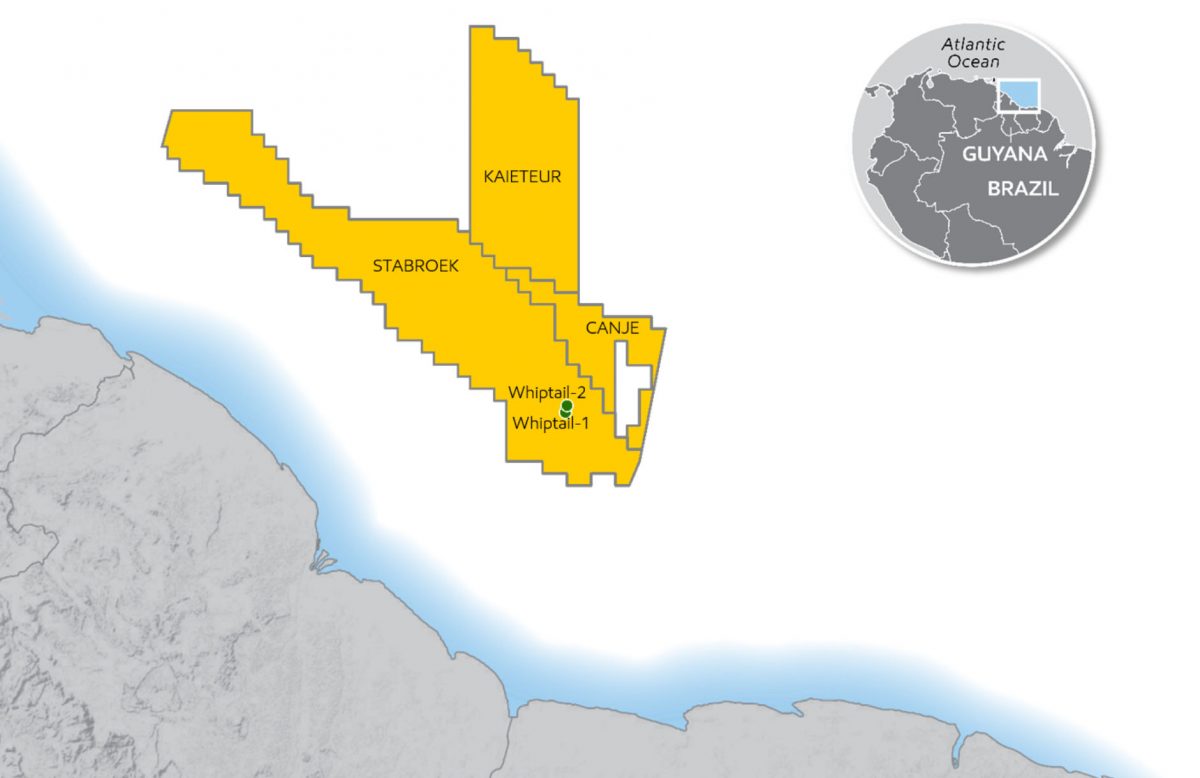The EPA says that an Environment Impact Assessment (EIA) is needed of a new proposed 35 multi-well drilling programme in the Stabroek Block by ExxonMobil’s subsidiary, EEPGL.
In a notice in yesterday’s Sunday Chronicle, the Environmental Protection Agency (EPA) said that while the project in of itself will not significantly affect the environment, the similar ventures being executed in the Stabroek Block could see this one and its activities cumulatively and significantly affecting the surroundings.
“Therefore, an Environmental Impact Assessment (EIA) of the cumulative effects of the proposed project and similar activities is required pursuant to Section 17” of the” Environmental Protection Act, the EPA stated.
It added that in accordance with Sections 11(6) and (7) of the Act members of the public are invited within 28 days of yesterday’s notice to make written submissions to the agency setting out questions and matters which they required answered or to be considered in the EIA.
Comments should be addressed to the Executive Director – EPA, Ganges Street, Sophia, George-town.
The EPA has been granting approvals without EIAs being necessary for ExxonMobil’s exploration in the Kaieteur Block and other areas under consideration. This had attracted strong criticism from environmentalists and others.
Two platforms are extracting oil in the Stabroek Block and a large number of exploratory wells have been drilled. Two more platforms have also been approved.
The screening report for the application says that the proposed 35 exploration/appraisal wells will be drilled in four prospect areas.
“While some of the 35 wells will be drilled for exploration purposes, it is also possible that some of the wells may be drilled as appraisal wells within the proximity of previous drilled exploration areas. If discoveries are found at particular locations, subsequent wells could be drilled in the vicinity of such locations to further assess the commerciality of the discoveries”, the screening report said.
It said that it is anticipated that the 35-well drilling campaign will begin in the third quarter of 2023 and if discoveries are made well tests may be performed.
The screening report says that the timeline for drilling and completing wells varies and can last between 35 to 60 days due to well depth and other factors.
Esso Exploration and Production Guyana Limit-ed (EEPGL) acknowledges in the report that during drilling operations there can be unplanned events such as a loss-of-well control event “resulting in the release of hydrocarbons and also accidental discharge of fuel and/or hydraulic fuel from equipment from the drill ship”.
It listed a series of mitigation measures it proposes to take. These include the use of secondary containment for storage of bulk fuel, drilling fluids and hazardous material. It said that leak detection systems for equipment, treatment and storage facilities on drill ships are in accordance with international offshore petroleum industry standards.
It also addressed mitigation measures for biodiversity and these include reducing speed within 300 meters of observed marine mammals and marine turtles and having trained protected species observers onboard during vertical seismic profiling.
The report also address-ed waste management.
“With respect to fishery operations there are no impacts that are anticipated due to the distance of the project location and fishing areas. However unplanned events such as a marine oil spill has the potential to impact fishing grounds located …closer to the coastline due to movement of oil slicks”, the report said.






